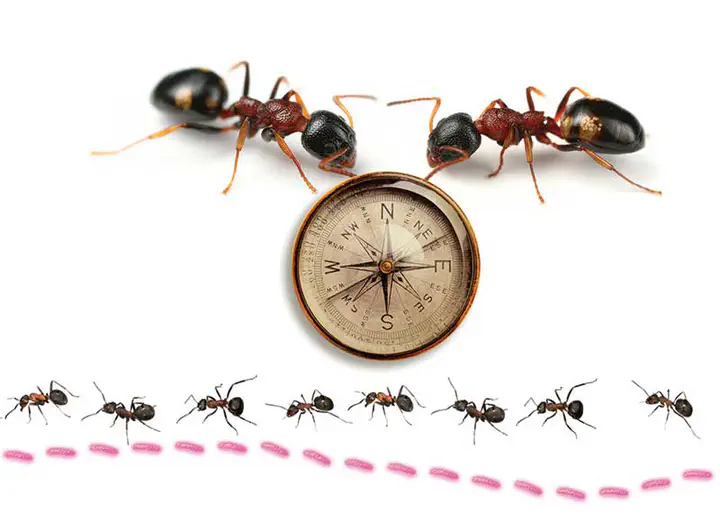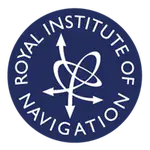Exploiting invisible cues for robot navigation in complex natural environments

Outdoor navigation in natural environments remains a challenge for robotics. Recent breakthroughs in robot navigation have been dependent on specific sensor technologies, such as laser depth sensors and GPS, and advanced image processing. The ability of animals such as ants to navigate effectively without such power- and computation- hungry systems are a proof of principle that alternative cheaper approaches are viable. Ants also have specialised sensing, with a peripheral visual system that has evolved to be sensitive to crucial cues for navigation. Specifically, they make use of non-visible (to humans) light cues in the form of ultraviolet (UV) and polarised light detection. UV detection allows the important signal of the horizon shape against the sky to be easily distinguished. Polarised light detection provides an external compass cue of heading relative to the sun direction, even when only a small portion of the sky is visible.
We propose to build a sensory system that gathers the full range of light cues available to the ant, in its natural ecological situation, and to analyse the information contained in this signal. We will also analyse how the specific sensor layout (ommatidia array), peripheral receptor characteristics, and the motor behaviour of the ant may contribute to extracting salient information. The data will form a test-bed for comparison of algorithmic and neural models of the processing that underlies the navigation capabilities of the ant. To date, these cues have been considered separately but we believe the navigational success of this system depends on the specific combination. For example, the directional information in the polarised sky may form an important part of visual memories; and UV information may contribute to disambiguation of the polarisation pattern and the robustness of this information under different cloud conditions.
There has been a substantial increase in the last few years in research into insect neural pathways involved in processing these cues which has yet to be exploited in robot models. In particular there has been breakthrough work on the central brain mechanisms involved in decoding polarised light to obtain heading direction. There is also a rapidly increasing understanding of the circuits involved in learning, a key component of navigation capabilities.


